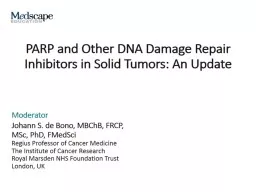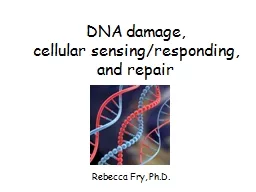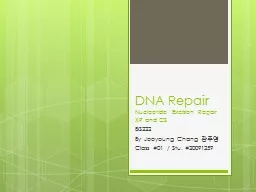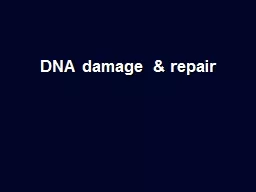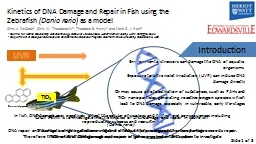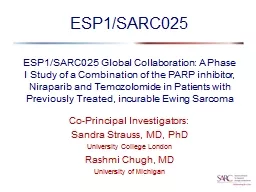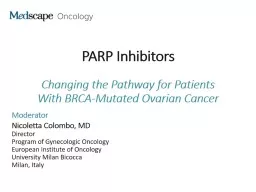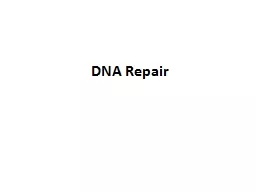PPT-PARP and Other DNA Damage Repair Inhibitors in Solid Tumors: An Update
Author : ellena-manuel | Published Date : 2019-02-12
Program Overview Discussion Outline DNA Repair ABCs of DNA Repair DNA Repair Defects in Cancer DNA Repair Defects Can Be an Achilles Heel Synthetic Lethality and
Presentation Embed Code
Download Presentation
Download Presentation The PPT/PDF document "PARP and Other DNA Damage Repair Inhibit..." is the property of its rightful owner. Permission is granted to download and print the materials on this website for personal, non-commercial use only, and to display it on your personal computer provided you do not modify the materials and that you retain all copyright notices contained in the materials. By downloading content from our website, you accept the terms of this agreement.
PARP and Other DNA Damage Repair Inhibitors in Solid Tumors: An Update: Transcript
Download Rules Of Document
"PARP and Other DNA Damage Repair Inhibitors in Solid Tumors: An Update"The content belongs to its owner. You may download and print it for personal use, without modification, and keep all copyright notices. By downloading, you agree to these terms.
Related Documents

